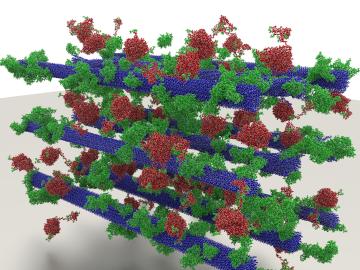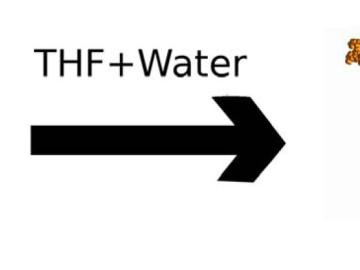Filter News
Area of Research
Media Contacts

Ask a biofuel researcher to name the single greatest technical barrier to cost-effective ethanol, and you’re likely to receive a one-word response: lignin.
Cellulosic ethanol—fuel derived from woody plants and waste biomass—has the potential to become an affordable, renew...

When the Ford Motor Company’s first automobile, the Model T, debuted in 1908, it ran on a corn-derived biofuel called ethanol, a substance Henry Ford dubbed “the fuel of the future.”




